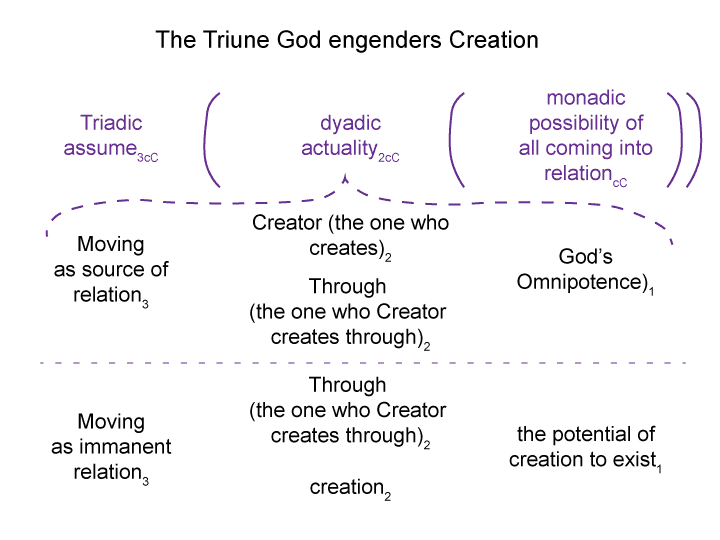Man and Sin by Piet Schoonenberg (1964) 2.1CH
Summary of text [comment] page 67
[“The normal context through which I recognize myself” entails “an object that brings me into relation with everyone else”.
So the question is: What is the nature of this object?
If this object is not Love, the Word, the Father’s Recognition, or Divine Creativity, it is a fixation, an idol, “an object that brings individuals into organization.”
Objectorg replaces or eclipses objectrel.
The object that illuminates “I recognize myself” grounds “the normal context that brings ‘I’ and ‘what I recognize as myself’ into contiguity”.
This object will always be either a grace-filled inspiration or a hollow parody of the Triune God.
Schoonenberg said, “sin is its own punishment”. Within his claim lives the pathos of the sinner clinging, desperately, longingly, to ‘his’ idol.]

